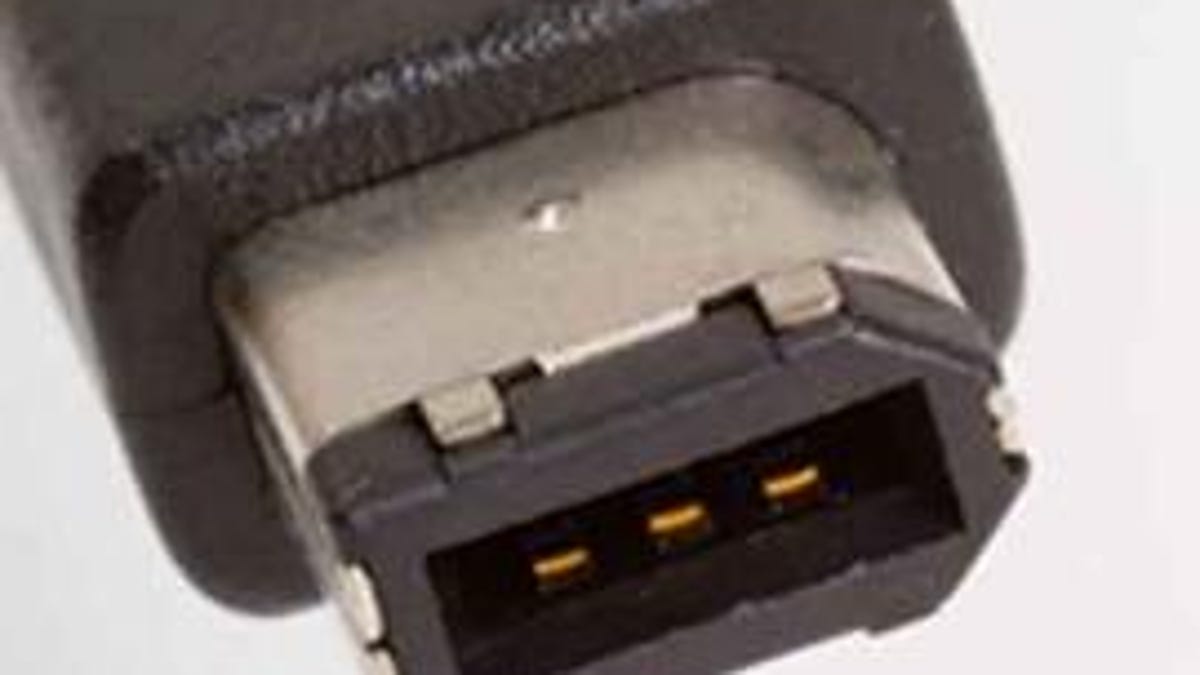FireWire hits 2 billion ports, still far behind USB
The 1394 Trade Association is touting the success of FireWire ports , saying that the technology has reached the 2 billion ports mark. But that puts it far behind its competitor, USB.

Two billion FireWire ports have been shipped worldwide since the technology's inception, the 1394 Trade Association announced this week.
In addition, the organization says FireWire has been made available on more than 1.2 billion "consumer and computer products."
FireWire has come a long way since Apple set the technology in motion in 1986. FireWire, which is actually Apple's name for IEEE 1394 High Speed Serial Bus, allows for the transfer of data from one device to another. It's used commonly in Apple computers, as well as in many other devices.
1394 Trade Association Chairman Max Bassler said that going forward, "FireWire will continue its steady, stable growth" as the industry "migrates to the first products operating at 1.6 Gigabit per second bandwidth."
But even with that growth and expected future success, FireWire is still far behind USB when it comes to bandwidth and adoption.
USB 3.0, the latest version of the interface, boasts 5 Gigabit per second bandwidth and lower power consumption. Back in September, the USB Implementers Forum said that it's seeing "overwhelming industry support for USB 3.0."
As of September, more than 10 billion USB ports were in the wild. More than 3 billion USB units are shipped each year.

